Sandia researchers developing new family of metal-based ionic liquids for low-cost, efficient flow batteries
Green Car Congress
FEBRUARY 18, 2012
Sandia researchers have developed a new family of electrochemically reversible, metal-based ionic liquid (MetILs) that could lead to non-aqueous redox (reducing-oxidizing) flow-battery energy storage systems ( earlier post ) able to cost-effectively store three times more energy than today’s batteries. agricultural industries.



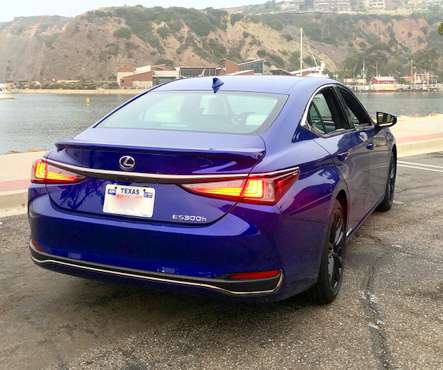

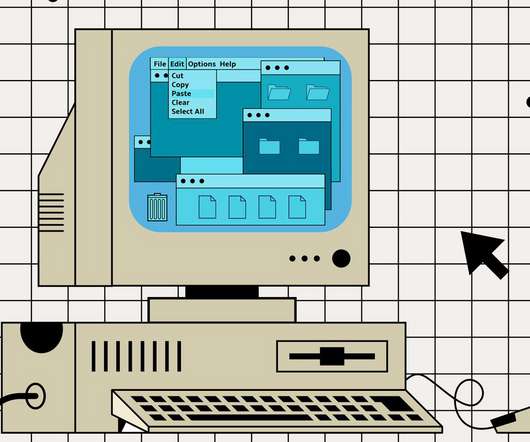
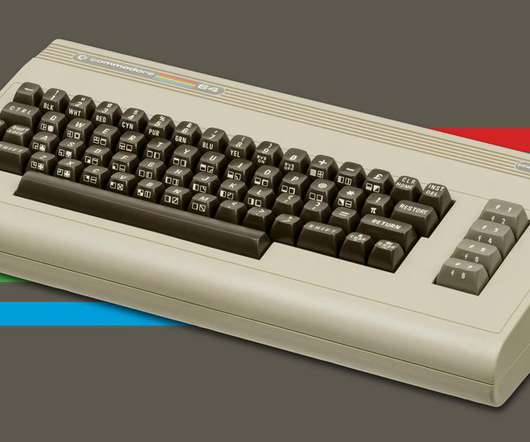
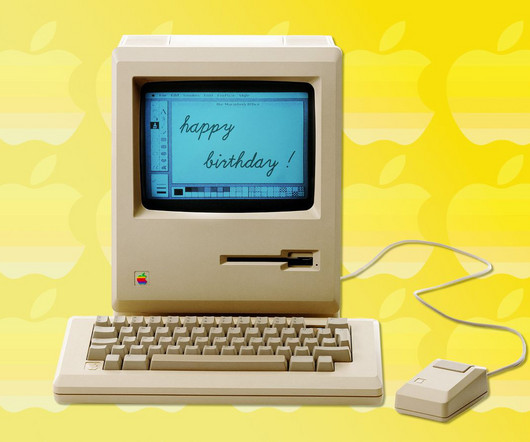
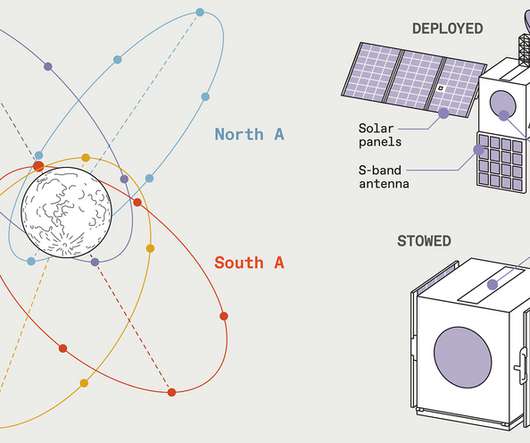
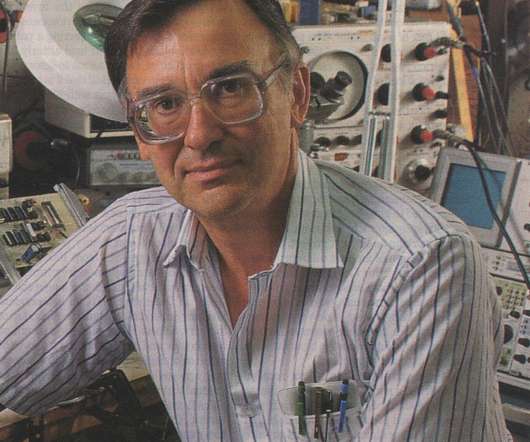







Let's personalize your content